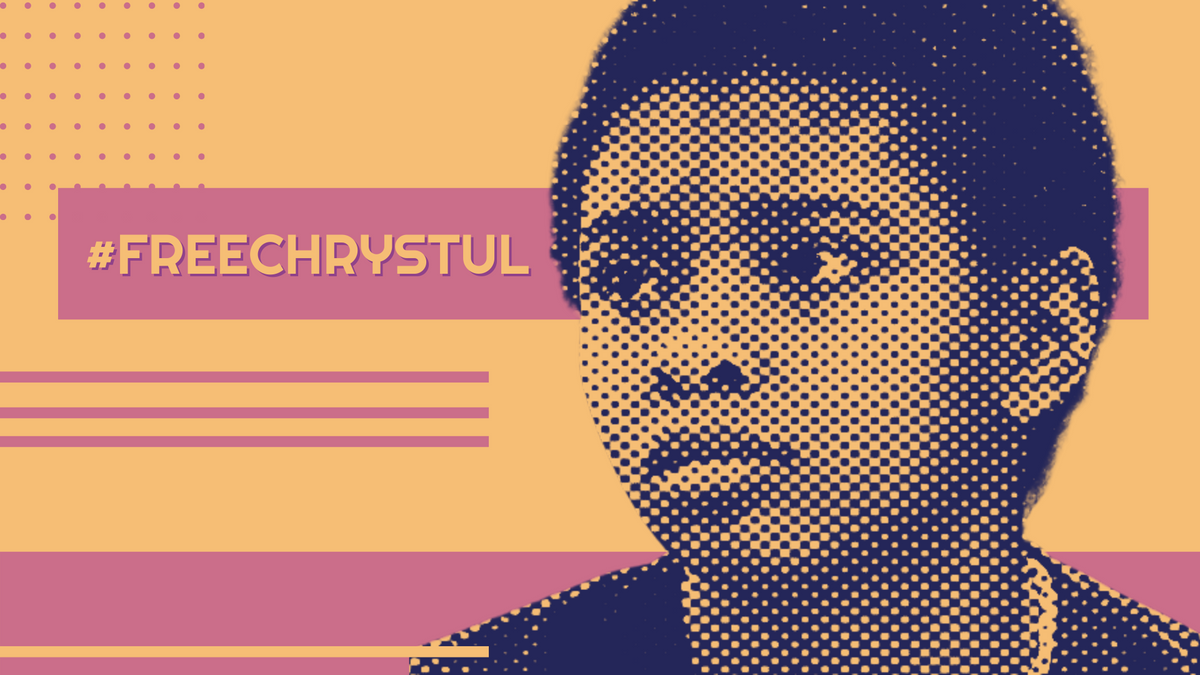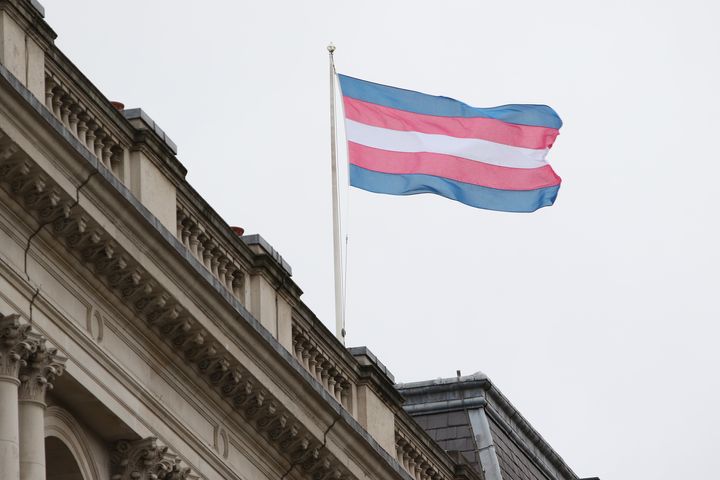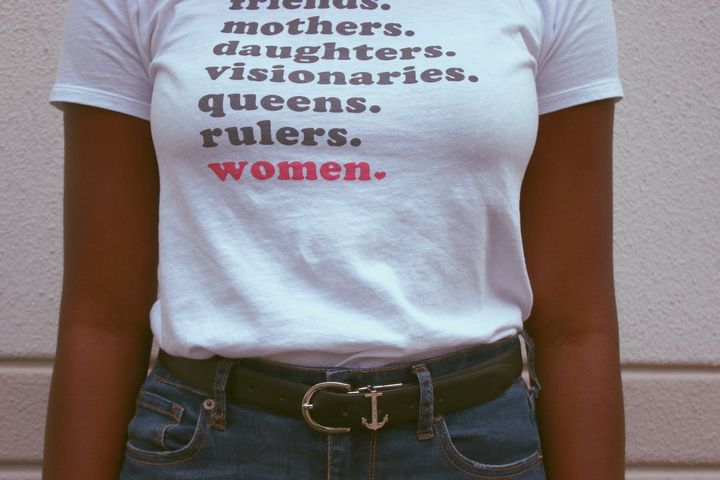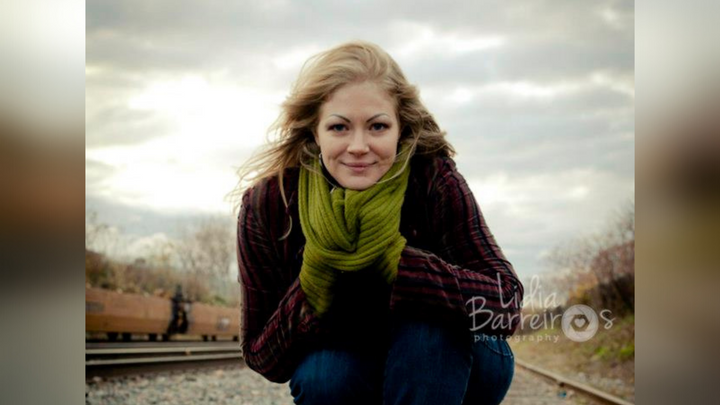Do Women Have a Right To Self-Defense Against Rape?
For 200 years, women and girls in the US have been charged with homicide for using deadly force in self-defense against rape and abuse. Is the tide finally turning?

Does a woman have the right to kill a man in self-defense? Even if he is her husband? Or her father? What if he is “merely” a rapist or someone who enables a rape to take place? What about a man who enables many rapes to take place—rapes for which he receives money, rapes which he videos?
Despite progress in states like Wisconsin, the answer is, overwhelmingly, 'No.' A mere woman does not have this right.
For nearly two hundred years, women in the United States have been attempting to argue in court that their use of force, sometimes deadly force, against their rapists, abusers, and Johns is self-defense. Mostly, their pleas have been ignored.
The world still cares more about what happens to men than whatever happens to women. We get to hear much more about male prisoners than we ever do about female prisoners. Women’s lives are so little valued that we still receive life sentences for daring to defend our own lives from male batterers, rapists, and traffickers.
In a sense, such killings in self-defense are treated as if they are regicides or patricides and deserving of maximum, even life, sentences. This harsh and heartbreaking reality is true for all women, no matter our color, but it may be even more true when the woman is African- or Hispanic-or Asian-or Indian-American and the man she’s killed, even in self-defense, is white.
Take, for example, Crystul Kizer, an African-American girl who was raped and trafficked at the age of 16. The rapes were videoed by a white man twice her age. Apparently, the police knew what he was doing and never stopped him. She took matters into her own hands to stop him, herself. At the age of 17, she shot him in the head.
Kizer has been charged with first-degree homicide and faces life in prison, where she has been since 2018. Kizer, now 21, does not deny that she killed the man who was molesting and pimping her, but claims it was done in self-defense. She has never been allowed to tell the jury or judge what her trafficker did to her. However, on July 6, 2022, the Wisconsin Supreme Court made a landmark ruling determining that Kizer at least had the right to explain to a jury why she claims to have killed her trafficker “in self defense.”
“Kizer has been charged with first-degree homicide and faces life in prison... She has never been allowed to tell the jury or judge what her trafficker did to her.”
The three dissenting judges are all conservatives and the fourth judge, also a conservative, was a woman who joined the “liberal bloc.” Justice Rebecca Grassl Bradley noted that “They found evidence that this 34-year old man was paying girls for sex, using them to make child pornography, prostituting them out to other men.” (Over the years, I have sometimes found that on issues of violence towards women, conservative women judges are often more sympathetic to female victims of male violence than their male judicial counterparts.)
Kizer is certainly not the only woman, of color or of any color, including white, who has languished for years in jail after having killed her batterer, her rapist, her trafficker, or, if prostituted, her John.
As I was researching this very issue for the Aileen Wuornos case, I discovered the heartbreaking story of a teenage slave girl in Missouri named Celia. Her story had been carefully told by historian Melton McLaurin.
In 1850, an aging widower and farmer, Robert Newsom, purchased Celia, a fourteen-year-old child. Newsom raped Celia on the way to her new home, and multiple times after. Still just a teenager, she gave birth to two of Newsom’s children.
Eventually, she had enough. Celia warned Newsom to keep away. When he advanced upon her anyway, she killed him, burned his body in her fireplace, crushed his bones, and hid some of the ashes. Celia did not flee.
Boldly, Celia denied everything. But faced with the evidence, Celia finally confessed. Newspaper reports claimed that the murder had been committed “without any sufficient cause.” This lie was repeated in William Lloyd Garrison’s The Liberator—which meant that other abolitionist newspapers paid little attention to the story.
“Celia warned Newsom to keep away. When he advanced upon her anyway, she killed him.”
Celia was tried by an all-white, all-male jury and judge. Four of the jurors owned slaves. Although the judge remained hostile, Celia’s highly experienced white defense attorney, John Jameson, argued that Celia had the moral and, possibly, the legal right to kill in defense of her honor and her life. According to McLaurin, this argument was both “as bold as it was brilliant.”
This may have been the first time in American history that a lawyer dared argue that a woman, slave or free, had such a right. Jameson wanted Celia acquitted. The jury found her guilty and she was sentenced to hang. On December 21st, 1855, Celia was “marched to the gallows… the trap was sprung and Celia fell to her death.”
Celia also has many descendants. In the 1970s, three cases stand out. They were high profile and attracted the support of feminist and civil rights groups.
In 1972, in Washington State, in her own home, Yvonne Wanrow, a Colville Indian, shot and killed an intoxicated white man, William Wesler, who was also an alleged child molester. She was found guilty and jailed, but was eventually freed by the Supreme Court of Washington State in a landmark decision about a woman’s right to self-defense.
During the time in which I was privileged to work with Wanrow, I asked: “How did you survive, what kept you together in that first trial?” She told me: “I meditated on the eagle above the American flag.”
In 1974, twenty-year-old African-American, Joan Little, killed her white jailor in North Carolina after he had entered her jail cell brandishing a pick-ax, demanding (and receiving) oral sex. Little turned the pick-ax on her rapist and fled. Little was not a slave, but she was imprisoned. Civil rights activists and feminists launched a campaign on her behalf. A jury of six whites and six African Americans found her not guilty.
Also in 1974, Hispanic-American, Inez Garcia, was tried for killing the man who held her down while another man raped her. Garcia was convicted and sentenced to five years to life. Feminist lawyer, Susan Jordan, appealed her verdict, arguing that a woman had the right to use deadly force against a rapist. In 1977, the California Court of Appeal overturned the verdict and freed Garcia.
Some feminists view prostitution as a crime against womankind, a crime so great that any action, even committed at a later date, is justified and can be considered a form of self-defense.
Other feminists view male violence against women in general, as crimes against female humanity and consider murder/self-defense at any point, justified.
In 1982, the Dutch filmmaker, Marlene Gorris, premiered her powerful feminist classic: A Question of Silence. Can women protest the injustice of their lives? What kind of justice might women who fight back/protest their fate deserve?
Gorris presents a surreal but challenging portrait of three “ordinary” women (a housewife, a waitress, a secretary), strangers to each other, who are shopping in a boutique. One tries to shoplift a dress, the male owner catches her—and all Hell breaks loose when these women brutally murder him. It is a shocking and completely unexpected act.
After they are all arrested, a prison psychiatrist, a woman, is asked to determine whether they are sane or not. No one will speak about why they committed this crime, although all three women describe lives of “quiet, (subordinate) desperation.” Unexpectedly, the psychiatrist identifies with them—and she joins them.
We are given to understand that these women, like all women, live in a permanent, patriarchal war-zone, a place in which atrocities against women are endemic and normalized. The psychiatrist tries to explain that during a war, “atrocities” are committed by all sides; she views these women as sane, given the injustice, contempt, and danger with which they are faced every minute.
“There is a history of prostitutes killing Johns or pimps.”
I threw myself into the Wuornos case on the grounds that, by definition, a prostitute experiences repeated rapes, gang-rapes, death-threats, and extreme violence, so much so that it is likely that she’d not only be highly traumatized, but that she’d find herself in a battle for her life. I believe this applied in Wuornos’s first murder. What happened thereafter, may have been something else, which I address in Requiem for a Female Serial Killer.
Wuornos is not the first prostitute to have killed a John or a pimp. There is a history of prostitutes killing Johns or pimps—but only one John, not a series of them.
For example, in 1843, in New Jersey, Amelia Norman, a virgin, was seduced by Henry Ballard who impregnated her and another woman and set them both up in a brothel. He refused to pay any child support and, when Norman insisted, Ballard tried to have her arrested for prostitution. Norman stabbed Ballard (who lived); she was supported by abolitionist Lydia Maria Child and feminist Margaret Fuller. Author, Ann Jones, in Women Who Kill, wrote:
“When Amelia Norman stuck a knife into Henry Ballard, she ripped the familiar script to pieces. She did not take laudanum or slink off to die painfully in a whorehouse as seduced and abandoned maidens were supposed to do.”
In 1871, Susan B. Anthony defended a many-times-married prostitute named Laura Fair who’d killed her pimp, a John, or her lover—the record isn't clear. According to feminist author Kathy Barry in Susan B. Anthony: A Biography, Anthony visited Fair in jail and came away convinced that Fair had killed in self-defense. That same night, Anthony told 1,200 people that Fair had a right to "protect herself." The audience hissed, booed, stamped their feet, and advanced on Anthony—all in an effort to silence her. Anthony stood her ground.
Newspapers nationwide branded Anthony a "heretic." Within days, she'd lost most of her speaking engagements. Anthony said she felt "raked over,” and "so cut down.”
But that extraordinary woman, that Mother of Us All, only blamed herself for not having been strong enough. "Defending Laura Fair without speaking of what prostitution does to women," she said, "was like going into the South and failing to illustrate human oppression by Negro slavery.”
Men are expected to be violent and to treat women as their property. Women are not expected to protest, fight back, get even, or get away.
Crystul Kizer is hardly the only woman, of color, or white who has been punished for saving her own life.
In 2010, Marissa Alexander, confronted by her former batterer, fired a single warning shot with a gun she was licensed to own. Her batterer did not die. But, for this, Alexander was sentenced to twenty years. Unlike so many men are, Alexander was not allowed to invoke a “stand your ground” defense.
Cyntoia Brown (Long) was 16 years old when a 43-year-old man paid her for sex. She killed him and spent a long time in jail for the crime.
In 2020, Maddesyn George, a Colville Indian, killed her rapist—and has been jailed ever since.
White women are also punished when they kill rapists in self-defense—consider the cases of Brittany Smith in Alabama and Tracey Grissom, also in Alabama, who was sentenced to twenty-five years for killing her batterer/ex-husband when he raped, sodomized, and tried to kill her.
Wisconsin's new ruling enabling victims to argue "self-defense" is important progress (built on many decades of feminists fighting to create precedent), but it is not enough. Women across the country are still sitting in prison cells for defending themselves from rape, abuse, and prostitution. None of these women are wealthy, well educated, or well-connected. On their own, they lack the resources to fight for justice.
Only if We, the People take up their cause, raise funding for their cases, do they have a shadow of a chance of at least being able to tell their stories to a jury.
Let’s do just that.
4W provides paid writing work for over 50 women in countries spanning the globe. This work is made possible thanks to our paid monthly subscribers. Join today to support our work!
Enter your email below to sign in or become a 4W member and join the conversation.
(Already did this? Try refreshing the page!)





Comments